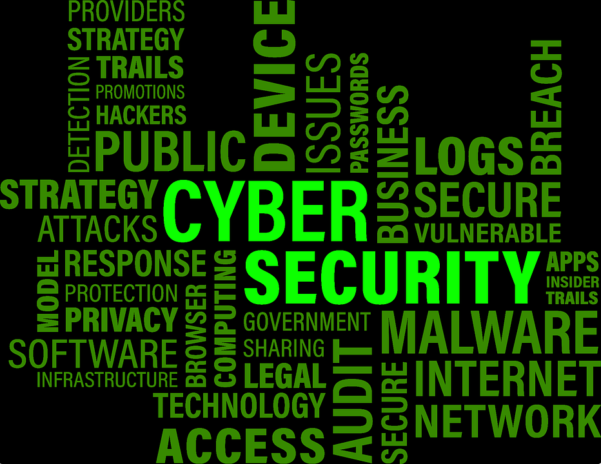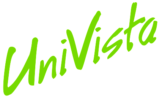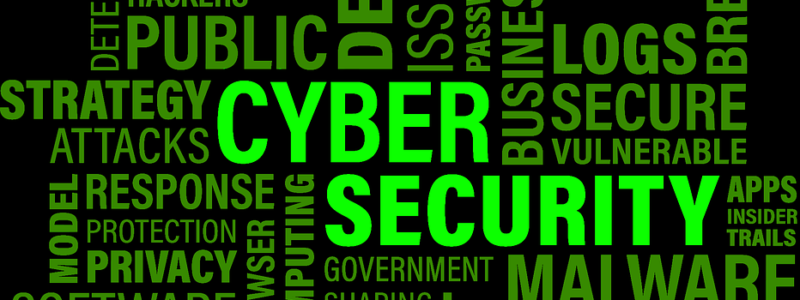

Did you know that October is National Cybersecurity Month? This seems appropriate since Cybersecurity exploits and hacks have kept the news buzzing through the summer. That’s why we’re going to take this time to remind you of the best cybersecurity practices you can implement to keep yourself safe.

Training
The first step you should take to prevent your company from being the victim of a cybersecurity issue is to educate yourself and your staff! This will also help your staff to exercise caution and good judgement when the situation occurs. Our Cybersecurity Suite does just that! Included in all our Comprehensive Agreements, our Cybersecurity Suite helps train staff to be vigilant. When an employee does inevitably receive a suspicious email, they’ll know to try and contact the supposed sender before clicking links or opening attachments. This can save you a lot of time and money in the long run in case the email is fraudulent.
Updates
Are you aware that continuing to use a machine that can no longer receive updates can put you, your business associates, family and friends at risk? If a hacker gains access to your machine, they can use that same malware to obtain access to your contacts. Once they are on your system and inside your network a hacker can also easily gain access to any other system on your network. In The Ping: End of Life – Server and Desktop we discussed the issues that your company could face. These include, but are not limited to, the degradation of your system performance, vulnerabilities in the network, and slower performance from employees as their desktops begin to atrophy.
Passwords
Make sure your Password Complexity rules are strict. Some simple updates can greatly improve your security:
- Use a minimum of 7 characters for your passwords.
- Use both upper- and lower-case letters (e.g., A,a,B,b, etc.).
- Use non-alphanumeric characters (e.g., 1, 2, 3,!, @, etc.).
- For more information, check out The Ping: Security in Public Places
Multi-Factor Authentication
Multi-factor authentication is a mechanism of confirming one’s identity using a combination of at least two factors or methods. The purpose of multi-factor authentication is to decrease the likelihood that your information can be compromised, and this authentication is becoming increasingly necessary over time. The following are the methods you can use to verify your identity:
- Something you know (a password or an answer to a question)
- Something you have (a key fob or a cell phone that generates a time expired key code)
- Something you are (a fingerprint or an iris scan)
It’s important to note that Cybersecurity isn’t a concept you learn once and set aside. Cybersecurity is an ever-changing beast that you have to keep up with to ensure your safety. Stay tuned for our next article on an Internet of Things update.
Your UniVista Team
*Celebrating 21 Years of Customer Satisfaction*

